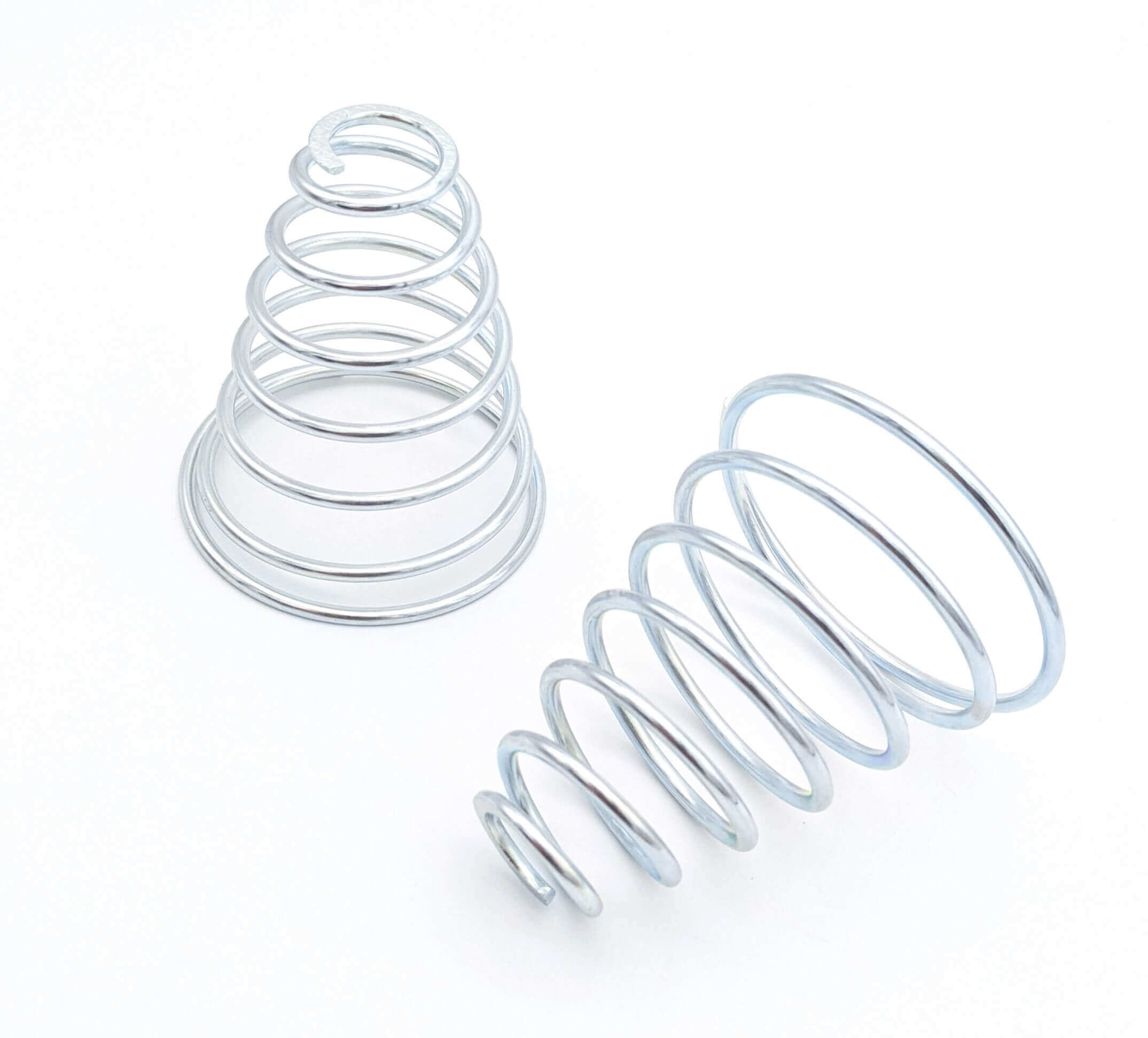Get unique, complex parts easily. No matter your requirements, Chaoyi Spring creates hard-to-produce coil springs and wire forms.
Let us help you create the custom wire form you need, from S-hooks and J-hooks to utility hooks and more.
We work closely with customers across a wide range of industries, helping them design and manufacture made-to-order parts.
Why choose Chaoyi Spring? We prioritize customer-focused collaboration, modern equipment and the latest technology to make your parts per print.
Find the information and guidance you need, from measuring a spring to learning about materials, placing an order and much more.
Torsion springs are a fascinating type of spring that operate through twisting rather than compression or extension. They're the unsung heroes of many everyday objects, from garage doors and car


Torsion springs are a fascinating type of spring that operate through twisting rather than compression or extension. They're the unsung heroes of many everyday objects, from garage doors and car suspensions to retractable pens and even the delicate mechanisms of watches. This article explores the world of spring torsion, delving into its fundamentals, applications, and the unique characteristics that make this type of spring so versatile.

In the realm of mechanical engineering, springs are ubiquitous components that store and release energy, providing essential functions for a wide range of devices. While many of us are familiar with compression springs, which shorten under load, and extension springs, which lengthen, torsion springs are often less well-known. These springs operate on a different principle, relying on the twisting or torsional force applied to them. Imagine twisting a metal rod – that's the essence of how a torsion spring works.
The defining characteristic of a torsion spring is its ability to store energy when twisted and then release it to produce a restoring force that returns the spring to its original position. This twisting motion is what sets it apart from its compression and extension counterparts. To understand this concept better, think about a springy door hinge. As you open the door, you're applying a twisting force to the hinge. When you release the door, the torsion spring within the hinge unwinds, pulling the door back closed. This is a simple yet effective demonstration of spring torsion in action.
At the heart of a torsion spring lies a coiled wire or strip of elastic material. When a torque or twisting force is applied to the spring, the wire or strip deforms, storing potential energy. The amount of energy stored depends on the spring's material properties, its geometry (including wire diameter, coil diameter, and number of coils), and the angle of twist applied. This energy is then released as the spring returns to its original shape, producing a restoring torque.
The key relationship in torsion spring mechanics is that between the applied torque and the resulting angular displacement. This relationship can be characterized by a constant known as the spring's torsion rate or stiffness. The torsion rate essentially describes how much torque is required to twist the spring through a given angle. A higher torsion rate indicates a stiffer spring, requiring more torque to achieve a given displacement. On the other hand, a lower torsion rate indicates a more flexible spring, which twists more easily under a given torque.
Torsion springs find application in a remarkably diverse range of products and systems. Their ability to store and release energy in a controlled manner makes them invaluable components in various mechanical and electrical systems. Here are a few notable examples:
The automotive industry is a major user of torsion springs. They are found in:
Torsion springs are widely used in household appliances, such as:
Torsion springs find numerous applications in industrial settings, including:
Torsion springs are used in a variety of other applications, such as:
Torsion springs offer several advantages that make them a desirable choice in various applications:
When selecting a torsion spring for a particular application, several factors must be taken into account:
Torsion springs are versatile and essential components in a wide range of products and systems, playing a crucial role in everyday life. Their ability to store and release energy through twisting motion makes them ideal for applications requiring precise force control, high energy density, and compact design. From the intricate mechanisms of watches to the robust systems of automobiles and industrial machinery, torsion springs continue to deliver reliable performance, contributing to the smooth functioning of numerous devices.
Whether you're opening a garage door, turning a steering wheel, or writing with a retractable pen, the unseen force of torsion springs is at work. They are silent but powerful, contributing to the functionality and efficiency of our world in ways we often take for granted. The next time you encounter a twisting motion, remember the humble but vital role of the torsion spring, the spring that twists to make our lives easier.
Browse some of the custom wire forms and springs that we manufacture. Don’t see what you need? We specialize in made-to-order products that meet your application requirements.
Visit Our GalleryNeed a custom wire form or coil spring? We make it work. Fill out the contact form and a representative will respond within 1 business day. If you have a PDF or CAD file, you can submit to request a quote.